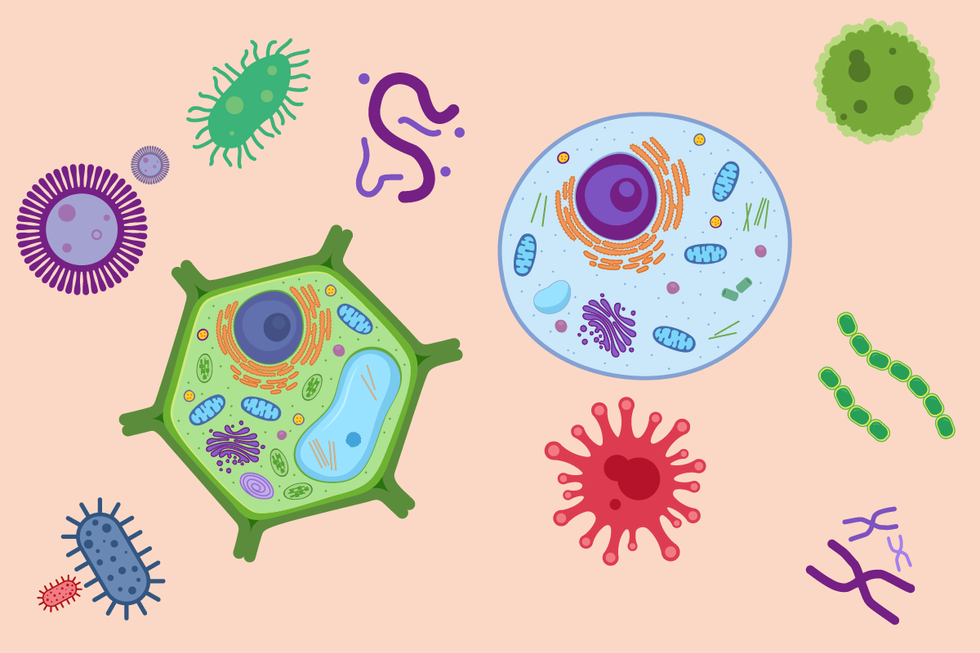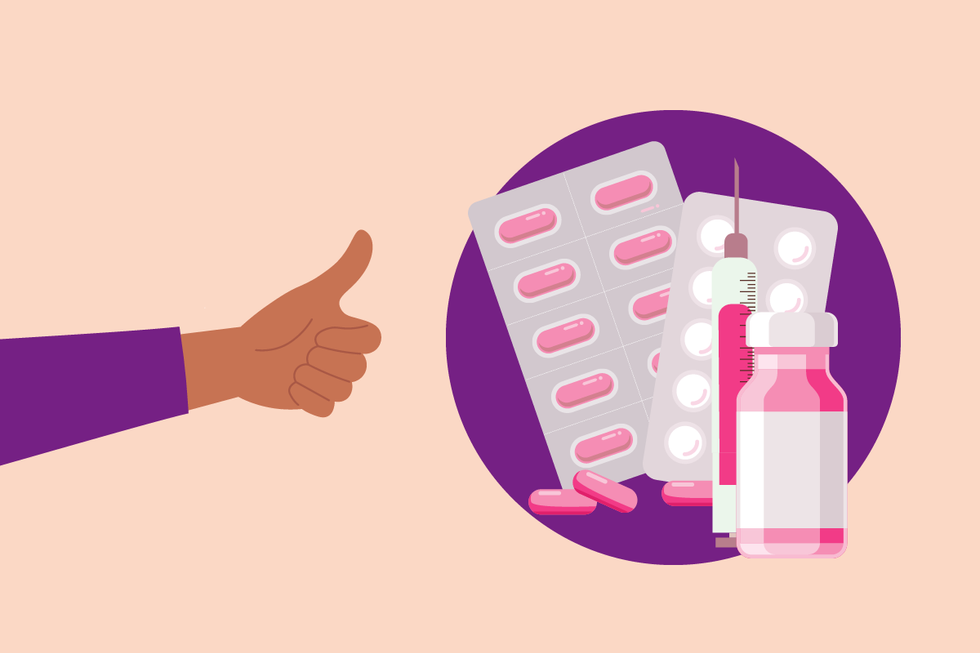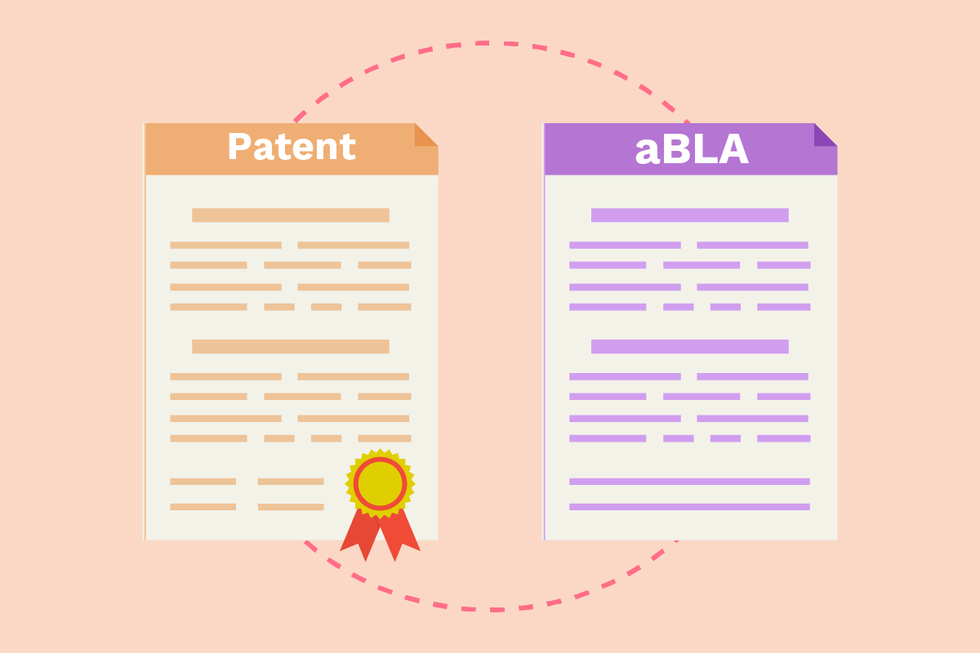
Many people struggling with chronic, hard-to-manage health conditions have found relief with a type of drug called a biologic. You may be taking a biologic and don’t even know it. Some common biologics you may have heard of are adalimumab (brand name: Humira), infliximab (brand name: Remicade) and trastuzumab (brand name: Herceptin).
Biologics can be helpful for a wide range of health problems, including:
- Diabetes
- Psoriasis
- Colitis
- Crohn’s disease
- Multiple sclerosis
- Arthritis
- Breast, lung and colon cancers
They can also be very expensive. Humira, for example, can cost as much as $30,000 a year.
For some people using biologics, there may be a less expensive yet equally effective alternative — biosimilars. Knowing how biosimilars are made can help you understand whether they may be an option for you.
Making biologics and biosimilars

Unlike most drugs, which are made from chemicals, biologics are made from living material such as animal cells, yeast and bacteria. For this reason, the process of making a biologic is complicated, time-consuming and costly. A simple drug such as aspirin may be made of just 21 atoms, while a biologic can contain more than 25,000.
To create a biologic, specially designed living cells are grown in a facility under very specific and tightly controlled conditions. Growing these cells can take weeks, during which they are closely monitored.
After the cells are grown, scientists remove a protein from them that will be used to make the biologic. This protein is then purified until it turns into the final biologic product.
Biosimilars are biological drugs that are also made from living tissue and are modeled after a pre-existing biologic (called a reference product), the process of creating them is less involved. This often translates to a lower cost.
“I first felt the advent of biosimilars in 2015 with the introduction of Zarxio [filgrastim], which helps people fight infection while receiving chemotherapy,” said Lisa Kennedy Sheldon, Ph.D., a global nurse consultant and oncology nurse practitioner. “We in the cancer care setting were among the first to feel the impact of what was a whole new way of thinking about drug manufacturing.”
Getting FDA approval for biosimilars

Despite the lower cost of biosimilars, they are just as effective and just as safe as biologics. To create new biosimilars, companies thoroughly analyze and compare scientific information to develop a product that meets the FDA’s high standards — the same standards a reference product must meet before it can be approved.
“Biologic drugs, whether they are the original product or a biosimilar, have a different sort of approval pathway than brand name or generic drug products that are made with chemicals,” Sheldon said. “The FDA looks at them differently when they’re approving them for their safety, for how well they work, their potency or efficacy, and how pure they are.”
Biosimilars must be tested many times to prove they work in the exact same way as the original biologics (reference products) they’re modeled after — and that they’re equally as safe — before they can be approved by the FDA.
The FDA continues to monitor the safety and effectiveness of biosimilars after their approval. This monitoring includes the inspection of manufacturing facilities as well as the review of manufacturer, provider and patient safety reports made to the FDA.
Patent disagreements over biosimilars

Part of the reason there are so few biosimilars on the market is because of the patent process. Companies that make biologics often patent their drugs for a number of years, and biosimilar companies have to wait for those patents to expire before they can get their versions approved.
Thanks to the 2009 Biologics Price Competition and Innovation Act (BPCIA) included in the Affordable Care Act, companies that make biosimilars can fast-track their products for approval based on similarity to a biologic reference product. They do this by filing an application known as an abbreviated Biological License Application (aBLA).
But the BPCIA also says that filing an aBLA infringes on certain patents related to the biological reference product, meaning the creator of the reference product can take legal action against the biosimilar company to block its approval.
To avoid this, biosimilar manufacturers who file an aBLA have the option of participating in a process called the patent dance that determines which patent disputes are relevant and resolves them.
Even with these legal processes, companies that make biosimilars in the United States still face many challenges from biologics manufacturers. This may be part of the reason why biosimilars aren’t as widely used in the U.S. as they are in other countries, in spite of growing demand.
Are biosimilars an option for you?

Biologics can be helpful for a variety of health conditions, but they often come with a hefty price tag. If you are living with a health condition that can be managed with biologics, it’s possible that biosimilars may be a cheaper (and just as effective) alternative.
“Over the last nine years, I have seen the increasing amount of biosimilar use in clinical practice for all kinds of conditions, from diabetes to psoriatic arthritis to now even some forms of breast and colon cancer,” Sheldon said. “I think patients and providers need to have a level of comfort and acceptance that this is a pathway forward to decreasing some of the healthcare costs without sacrificing any of the benefits for patients.”
From Your Site Articles
Related Articles Around the Web












